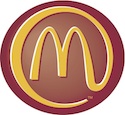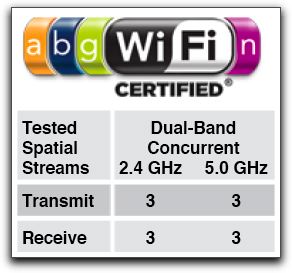![]()
Given that Miami Beach and St. Cloud, Flor., are now just about the only free city-wide Wi-Fi funded by a city in the US, I don't see the urgency in Heartland trying to explain why it's an evil entitlement.
The Heartland "reporter" (hrmph) tells Dana Spiegel that in St. Cloud "the City Council tried to shut down their free WiFi service because of the expense but stopped that initiative after residents who could not pay for their own Internet access protested loudly. In that vein, do you foresee municipal WiFi networks like Miami Beach’s at all becoming another entitlement program for Americans?"
That's some myopia you've got there! St. Cloud residents of all stripes, not just those who "could not pay" for Internet service--that's bought-and-paid-for thinktank code for "poor and probably African American because they're poor"--were interested in keeping the service alive. The city council and mayor responded to the outpouring of interest, and funded the network further as a result.
We last tangled with the Heartland Institute in depth in 2005. I wrote a piece called "Sock Puppets of Industry" (1 February 2005) that spelled out undisclosed funding and other conflicts in a report issued on municipal broadband that was riddled with errors.
The Heartland Institute continues to claim that it is "not affiliated with any political part, business, or foundation," which continues to beggar my imagination as a statement. The institute has concocted ever more elaborate explanations as to why it doesn't disclose donors, which are known to include major firms in industries about which the institute produces anti-regulation reports. Corporations and foundations provide 89 percent of funding (per the institute's 2009 report), with corporations making up 13 to 16 percent. The foundations are the usual suspects that push money to thinktanks to create research and reports that allows affiliated companies and institutions to cite data as independent of the funders.
All you need to know about Heartland may be encompassed in the Sock Puppets post, in which I note that (at the time) Heartland had a Philip Morris executive on its board, even as it wrote reports and a book denying peer-reviewed scientific and economic analysis of the societal costs of smoking. In the comments, Heartland's head denied that such an executive was on the board, despite the fact that the Web site listed that executive and his affiliation.
Jamie Cullum wooed Sophie Dahl with books.McDonald’s Switches to Free Wi-Fi in January





